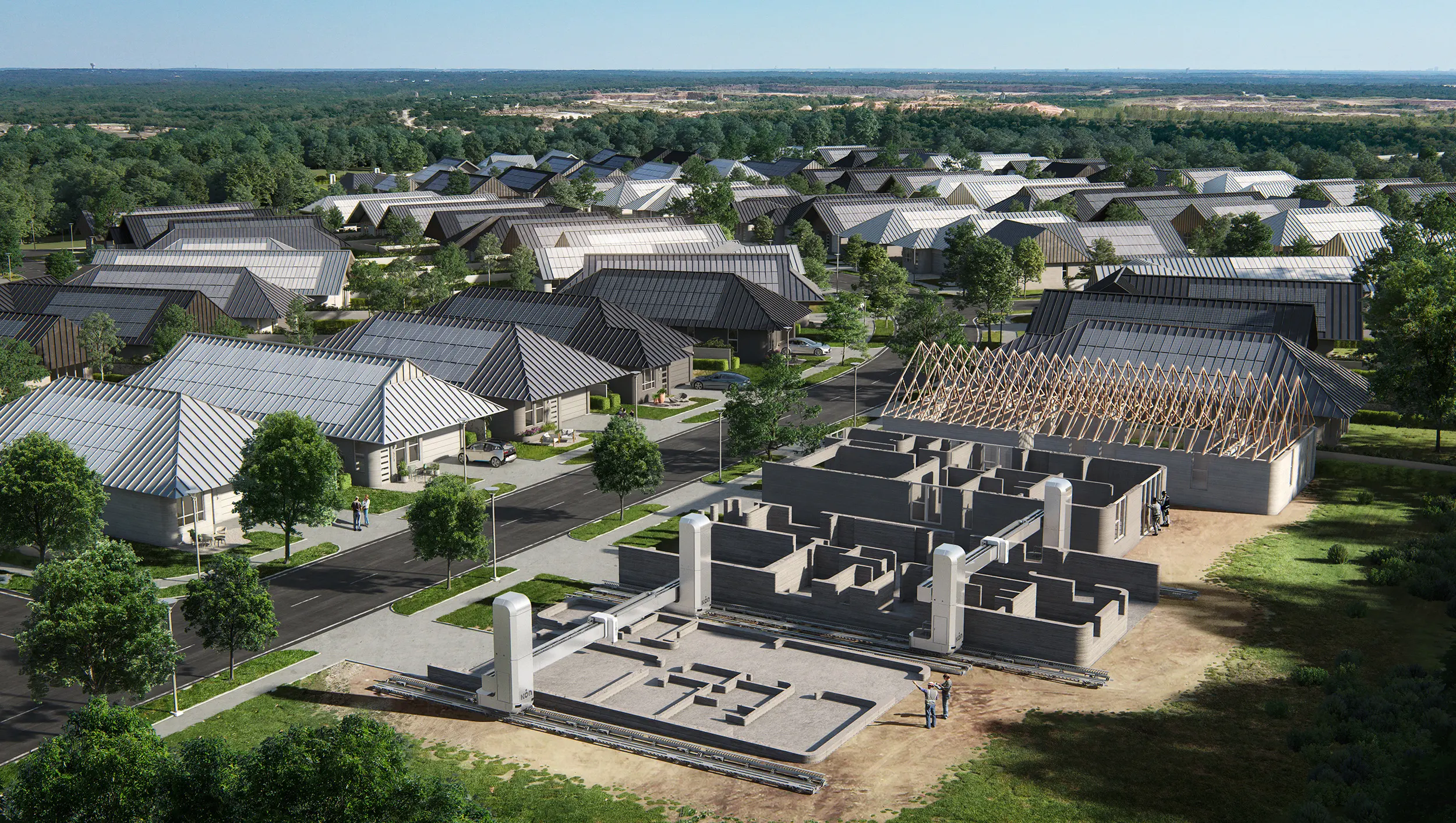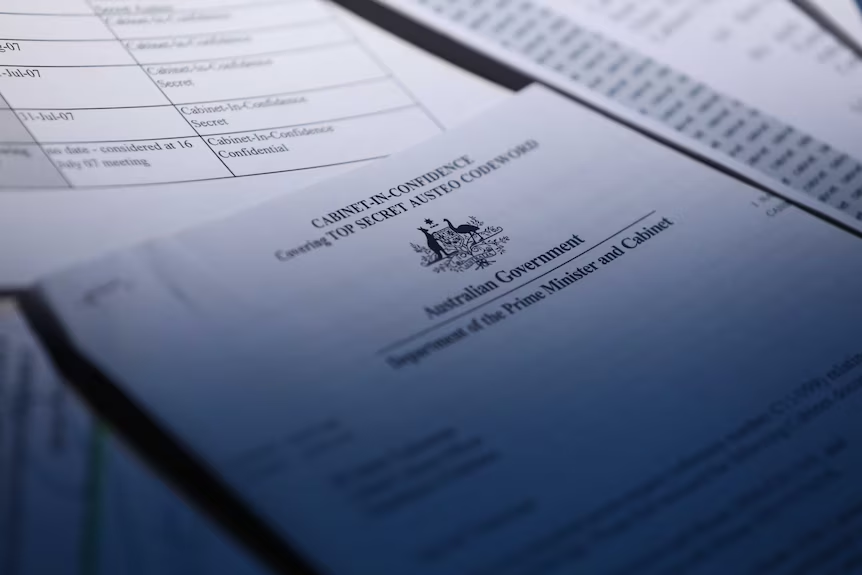According to CNN, the largest neighbourhood of 3D-printed homes in the world is now being constructed in Texas, and the neighbourhood is currently displaying its first finalised home.
The neighbourhood is an integral part of Wolf Ranch, a bigger development near Georgetown, Texas. A cooperation between the Danish design firm Bjarke Ingels Group (BIG) and the Texas construction business ICON, it is located about 30 miles north of Austin, the state’s capital.
Details of the 3D Printing House

The grey single-story home, which was “printed” with concrete mix and will be made available for sale with other similar houses for between $475k and $599k, was initially revealed to prospective buyers.
Brightly lighted interiors and curving grey walls are something that can see in the recently finished building that the firm shares. Lavacrete, a concrete mixture, is carried into position using 46-foot-wide robotic printers to build the walls. The doors, windows, and roofs all of which include solar panels are placed once the walls have been successfully printed.
There is supposed to be three to four bedrooms and 1,500 to 2,100 square feet of space for living in every house in the neighbourhood.
In 2021 the project has been announced
In 2021, ICON‘s co-founder and CEO Jason Ballard announced the project. He called it a “watershed moment in the history of community-scale development.” He said that 3D printing creates high-quality homes more quickly and economically than conventional methods of building.
With United States facing a deficit of approximately five million new homes, Ballard said there’s a “profound need to swiftly increase supply without compromising quality, beauty, or sustainability, and that is exactly the strength of our technology.”
The 3D-printed structures, according to Martin Voelkle, a partner at Bjarke Ingels Group, are “significant steps towards reducing waste in the construction process, as well as towards making our homes more resilient, sustainable, and energy self-sufficient.”
Independent research suggest that printing houses may reduce on waste generated during building and carbon dioxide emissions. Buildings made using 3D printers may be made without formwork, which are the concrete molds that cement is typically poured into. This can help to use cement much less frequently overall. Approximately Cement is responsible for about 8% of global CO2 emissions annually.
2020 Study from Singapore
According to a 2020 study from Singapore, a bathroom unit manufactured with 3D printing was 25.4% less expensive and emitted about 86% less carbon dioxide than one made using conventional construction methods.
However, critics have pointed out that 3D-printed homes still rely on carbon-intensive concrete, and that building codes addressing the structures’ safety and stability have not yet been widely adopted.
ICON has before used 3D printing to construct social, or subsidised, homes in Mexico and Texas, Wolf Ranch is the company’s largest project to date.
According to CNN, Ballard told in 2019
In 2019, Ballard told CNN that his company’s technology could also be used to combat homelessness or provide shelter in following of natural disasters.
“3D printing is not science fiction,” he said. “The line separating science fiction from reality has been crossed. Our prediction is that this will provide humanity’s greatest hope in the future to find a housing solution that matches our highest values and ideas.”
Discover more from TrpUnfolds
Subscribe to get the latest posts sent to your email.






